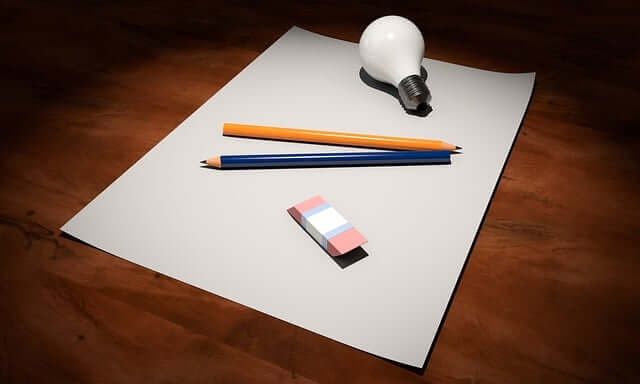Drawing is a wonderful form of artistic expression that can be enjoyed by people of all ages and skill levels. Whether you are a beginner or an experienced artist, understanding the fundamentals of drawing is essential to creating captivating and visually appealing art.
This guide for beginners will introduce you to the basic principles of drawing, including line, form, value, composition, and more.
You will learn how to use various drawing tools, techniques, and mediums to create your own unique works of art.
With practice and patience, you can develop your skills and unlock your creative potential in the world of drawing.
Can anyone learn to draw?
Yes, anyone can learn to draw! While some people may have a natural talent for drawing, it is a skill that can be learned and improved with practice. Drawing is a combination of observation, understanding of form and perspective, and muscle memory. By practicing and studying the techniques and principles of drawing, anyone can improve their abilities and create impressive artwork.
There are a variety of resources available to help people learn to draw, including online tutorials, books, and classes. It’s important to start with the basics and work your way up, practicing regularly and seeking feedback and critiques from other artists. With patience and dedication, anyone can develop their drawing skills and create art that they’re proud of.
Here are the fundamentals of drawing

Drawing is a rewarding and satisfying activity that allows you to express yourself in creative and unique ways.
Whether you are just starting out or looking to improve your skills, it is important to understand the fundamentals of drawing.
These building blocks are essential for creating successful and visually appealing artwork.
Line
Line is one of the most basic and important elements of drawing. It can be used to create outlines, contours, and textures. There are many different types of lines, including straight, curved, thick, thin, and broken. Experimenting with different types of lines can help you create dynamic and interesting compositions.
Shape
Shape refers to the two-dimensional area created by the outline of an object. It can be geometric, organic, or abstract. Understanding the relationship between shapes is crucial for creating a sense of depth and space in your drawings.
Value
Value refers to the range of lightness and darkness in a drawing. It is created by shading and can help to create the illusion of form and texture. Practice shading with different drawing tools, such as pencils, charcoal, or markers, to achieve a range of values in your drawings.
Proportion
Proportion is the relationship between the size of different elements in a drawing. It is essential for creating realistic and accurate representations of objects and figures. Use measurements, such as the length of a pencil or your own hand, to help you judge proportions in your drawings.
Composition
Composition refers to the arrangement of elements in a drawing. It is important to consider the placement of objects, the use of negative space, and the balance of different elements in your composition. Experiment with different compositions to find the one that works best for your drawing.
To Conclude
By understanding and practicing these fundamentals, you can improve your drawing skills and create more successful artwork.
Remember, drawing is a skill that can be learned and developed over time, so don’t be discouraged if your first attempts don’t turn out the way you want them to.
Keep practicing, experimenting, and having fun with your drawings!
